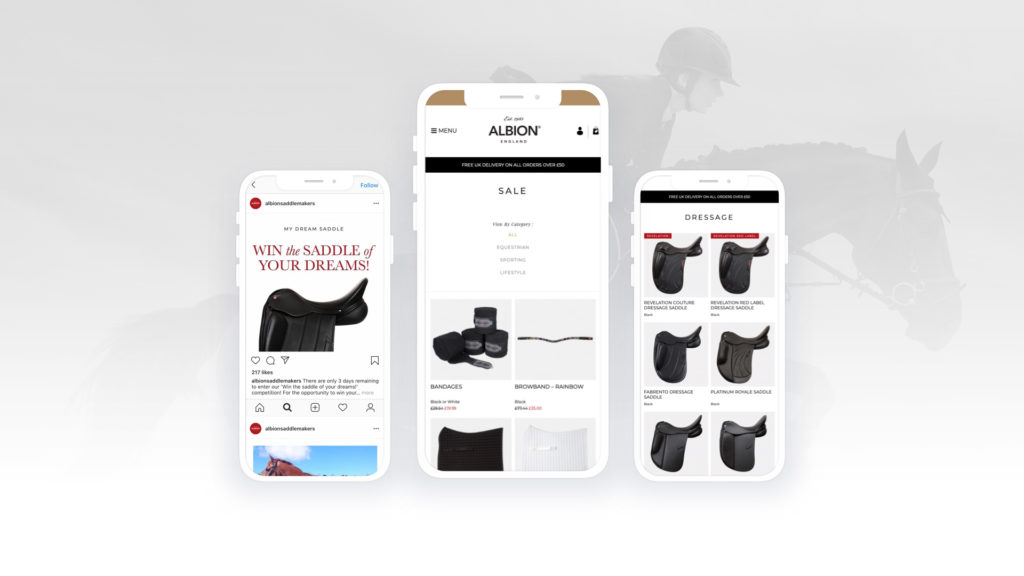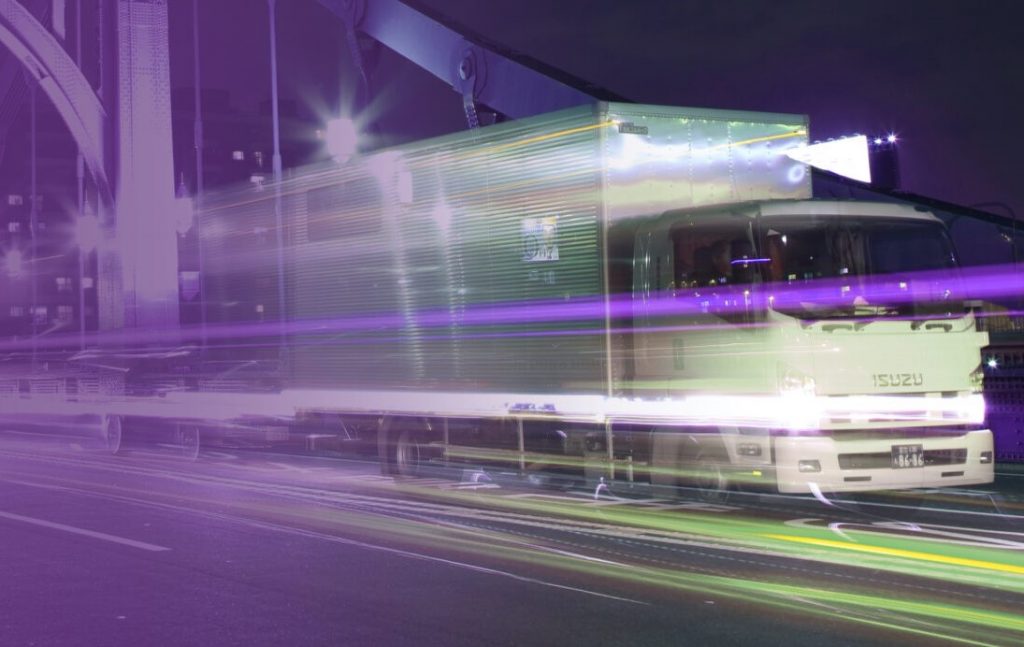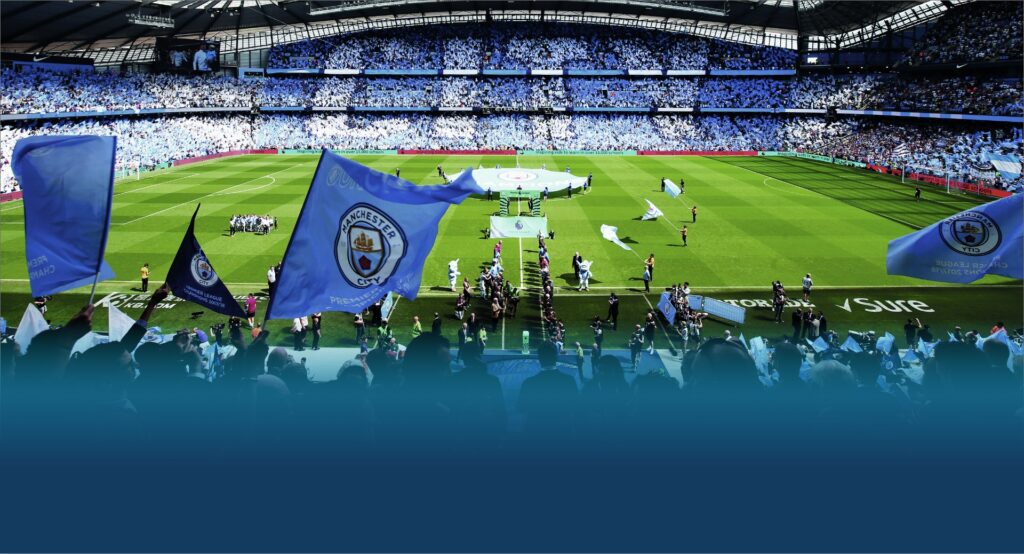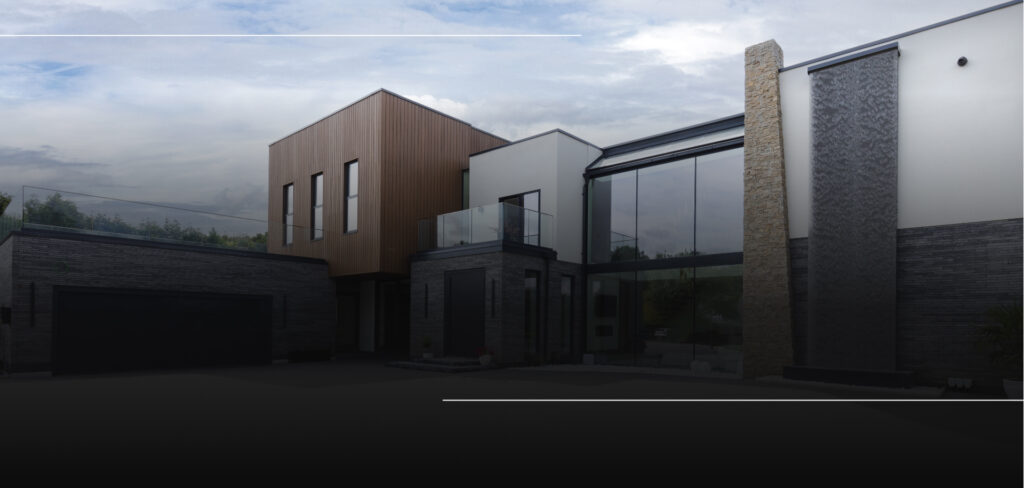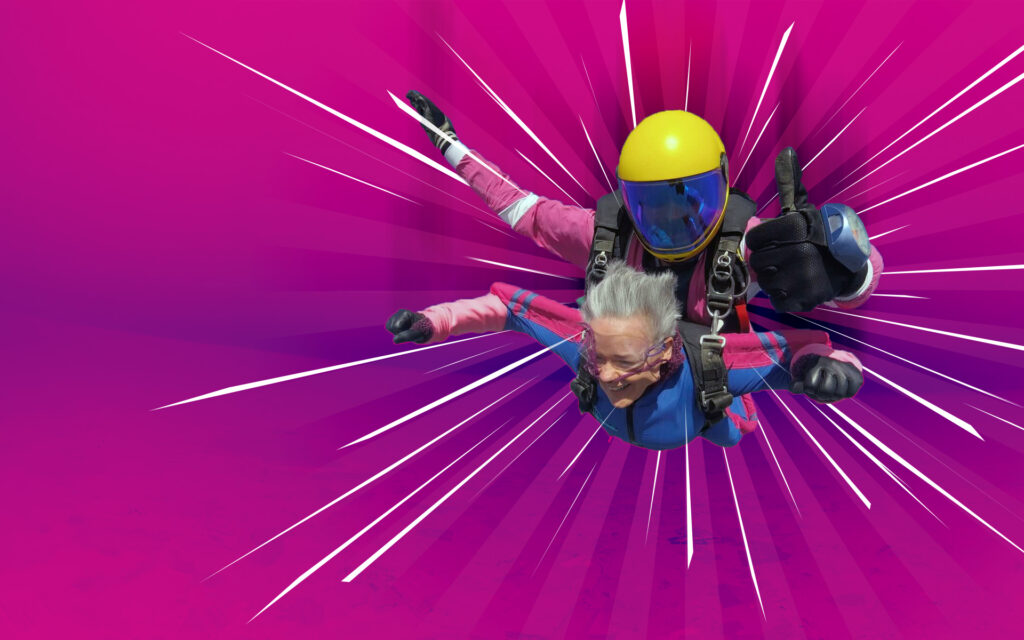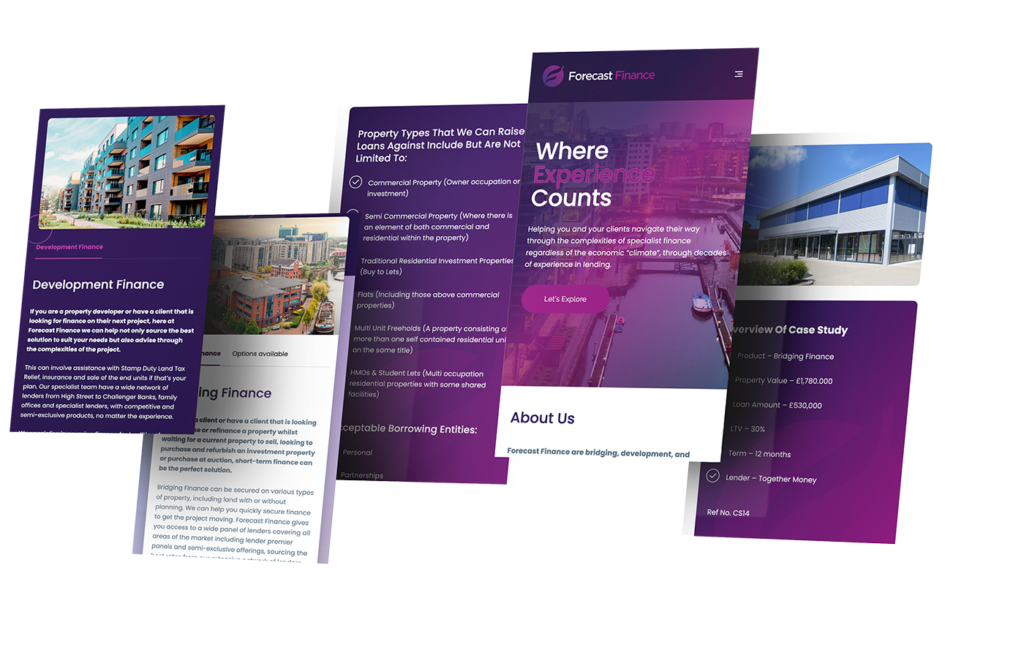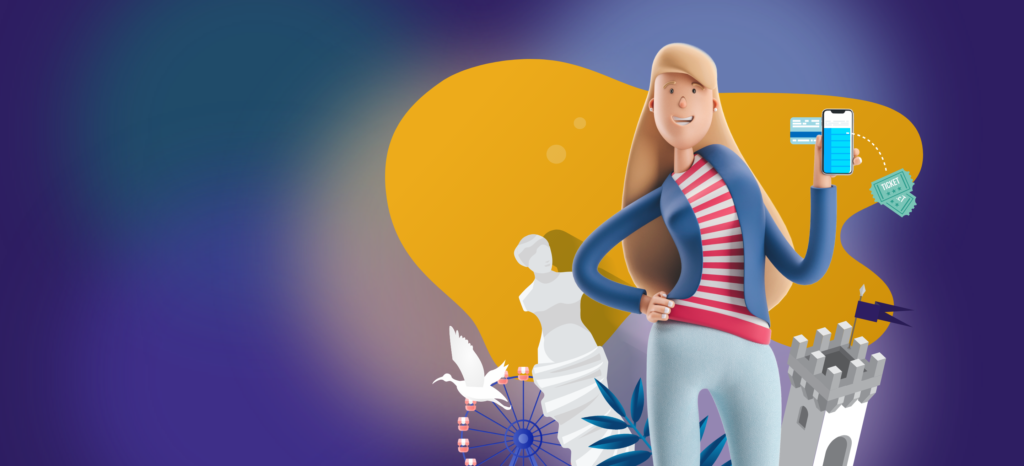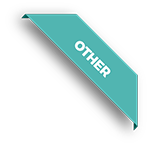Dynamic or Static Branding: Which is Right for You?
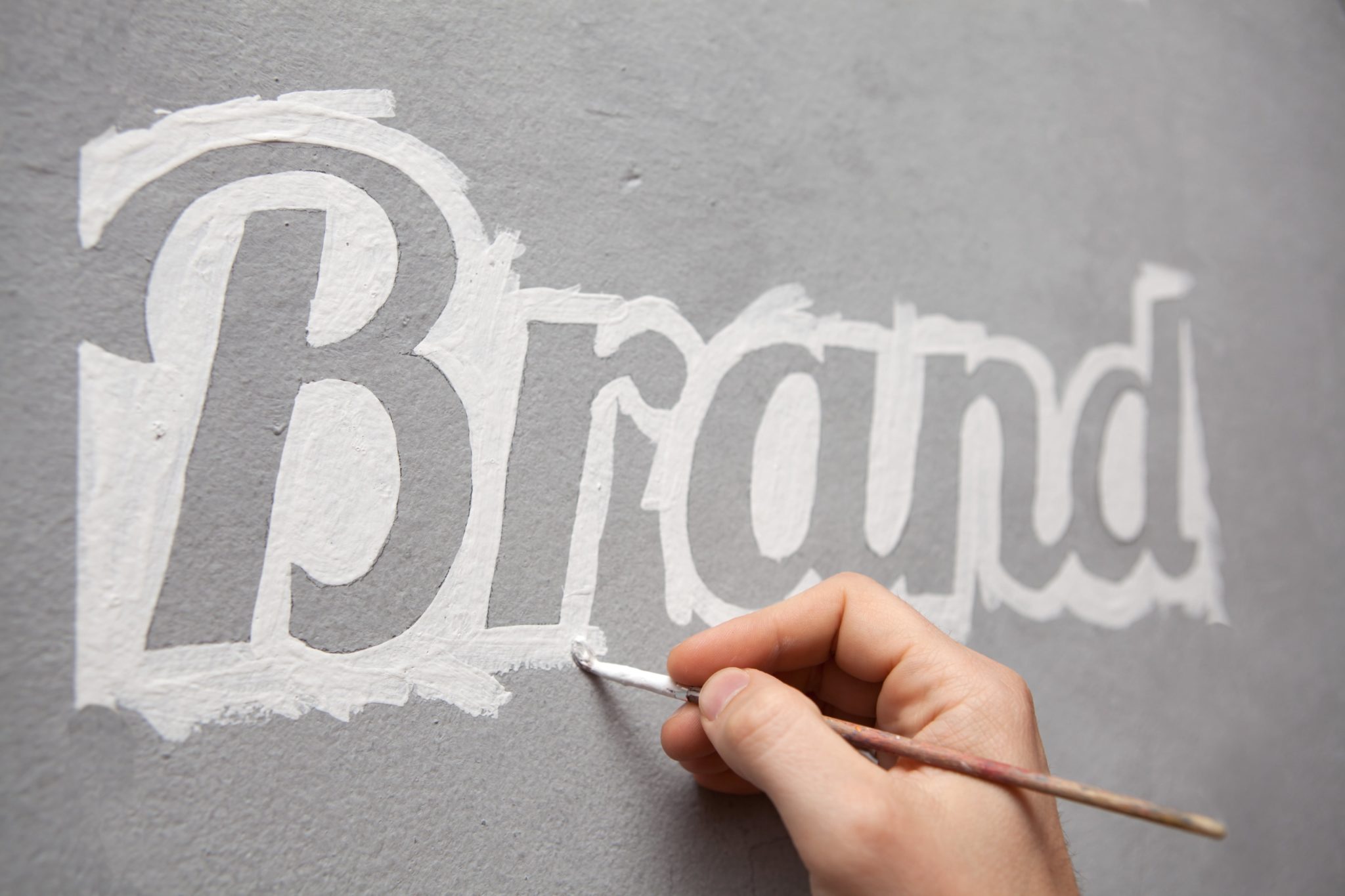
In this post, we’ll cover the following:
Over recent years, there has been a sharp increase in the use of responsive design to represent brand. This trend has led to the emergence of an interesting new feature of business identity: the dynamic logo.
Many experts within the branding industry have argued that the age of static logos is over. Do you agree?
WHAT IS THE DIFFERENCE BETWEEN A STATIC AND DYNAMIC LOGO?
A static logo refers to a classic image that comprises of only one brand icon and never changes. This type of design is built up of a fixed motif with elements, shapes and colours that do not change. The only variation you are likely to see is a black and white version or an occasional update to improve the quality of the standard icon. A good example of a static logo includes the icons used by football clubs across England. The Chelsea logo, for example, stays the same to provide instant recognition for their supporters.
In comparison to this, a dynamic logo is movable or fluid and changes with the context. Often, these logos have multiple versions. They may adapt their shape, colour or form depending on events or to represent a different part of the business. Two large popular examples of dynamic logos include Google, which changes form with context and events and the AOL logo, which takes on different shapes and sizes.
WHAT TYPE OF LOGO IS BEST FOR MY BUSINESS?
At EDGE Creative, we understand that effective logo design is imperative to brand recognition.
As a new company, choosing and designing a logo to represent your business can be difficult. Whether you go for a dynamic logo or a static logo will largely depend on the needs and goals of your business.
While there are numerous benefits of adopting a dynamic logo, it is not always the best choice for every brand. Similarly, while people may say that static logos are dead, this is not true – and it may in fact be the best course of action for your business.
FIRSTLY, HOW ESTABLISHED IS YOUR BRAND?
Logos are essential to brand recognition. As a new business, it’s essential that you form an association between your company and your brand symbol or logo. In this case, a static logo may work better to form a quick, easy and unmistakable association.
A dynamic logo may hinder your business at this stage. It takes multiple viewings before a potential consumer forms a link between a logo and the brand’s full identity. Giving your logo multiple faces to present your business makes it more difficult for your target audience to recognise your business for what it is.
DOES YOUR BUSINESS HAVE AN ELEMENT OF MULTIPLICITY?
Dynamic logos are best suited to portray levels of multiplicity of a brand. For example, our client H&G Recruitment works within five different sectors. To portray this, they have five different colours of their logo, adapting to change the sector it will become recognised for:

If, however, your business is fixed within one sector and does not have many levels of multiplicity, it may be more beneficial to create a classic, stable and static logo.
WHERE DOES YOUR TARGET AUDIENCE SPEND THEIR TIME?
If your target audience is tech savvy and you will be gathering most leads through the internet and social media, one of the best ways to project a dynamic logo is through online platforms. The sheer scale of the internet allows you to maximise the impact of your logo and brand as you can show the full scale of your business.
In comparison, if most of your business comes from in-person sales and your audience does not interact much online, you are likely to have no need for a dynamic logo.
With many businesses increasing their use of dynamic logos to make an impact, it is important to remember that the type of logo you should use is dependent on your own business brand goals. Dynamic logos should not be adopted for the sake of it, but because they truly resonate with the needs and personality of your company. Find out more about why brand development is crucial to your SME success.








